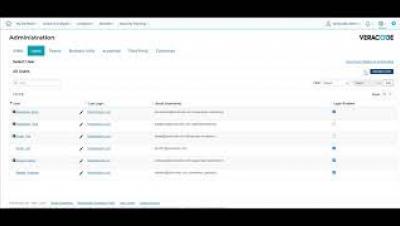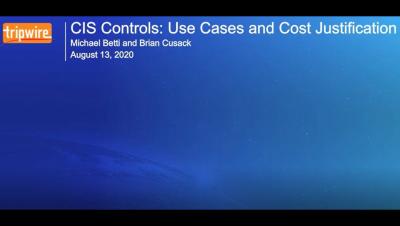Don't Let Security Go Up, Up and Away (in the Clouds), Start with Data
Security teams can’t defend what they can’t see. As organizations move more workloads to the cloud, security teams need added visibility into these new workloads or risk having blind spots that lead to compromise. In the first installment of our "Getting Data In" webinar series, "Modernizing your SOC for the Cloud Age Starts with Security Foundations," we demonstrate how to quickly and easily onboard data into Splunk Cloud.









